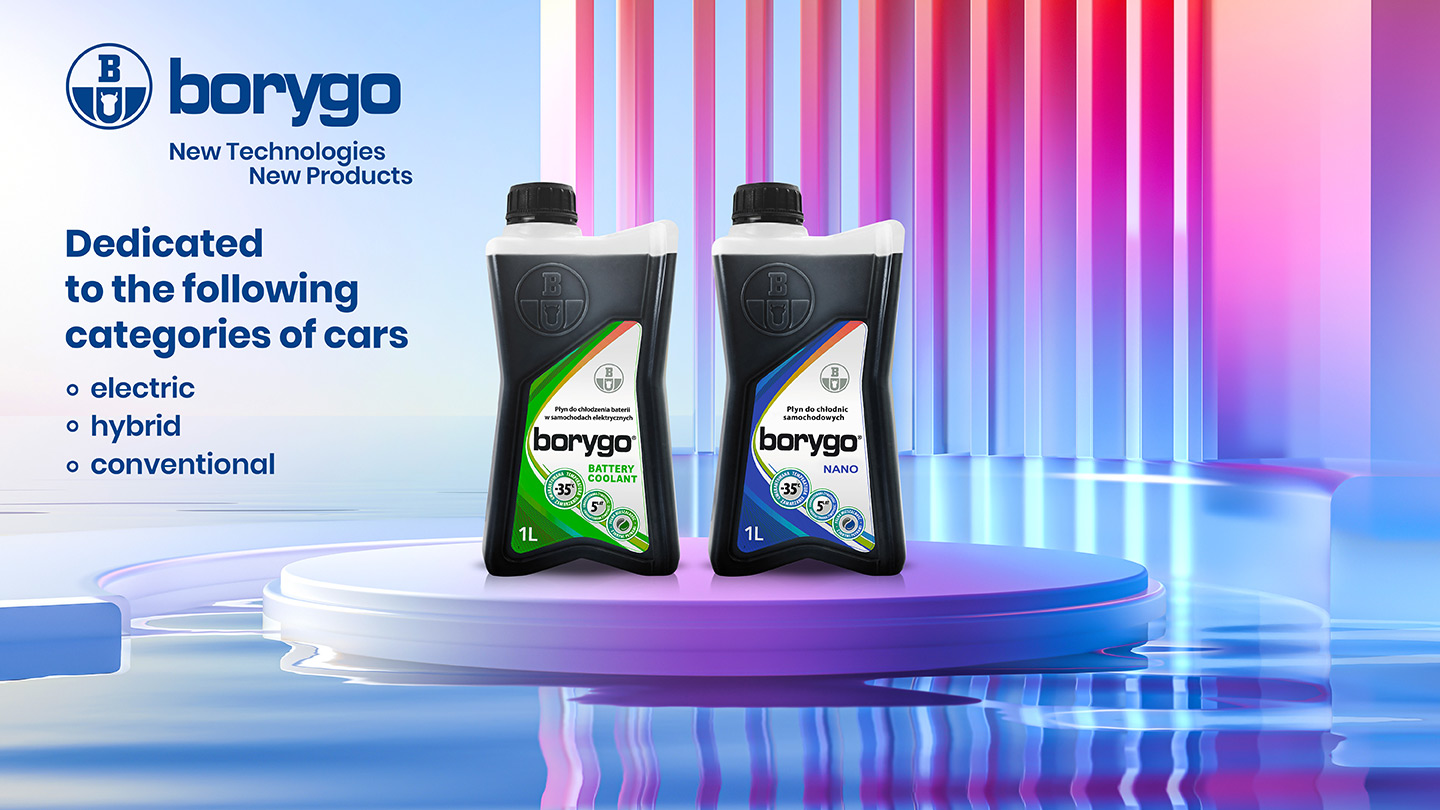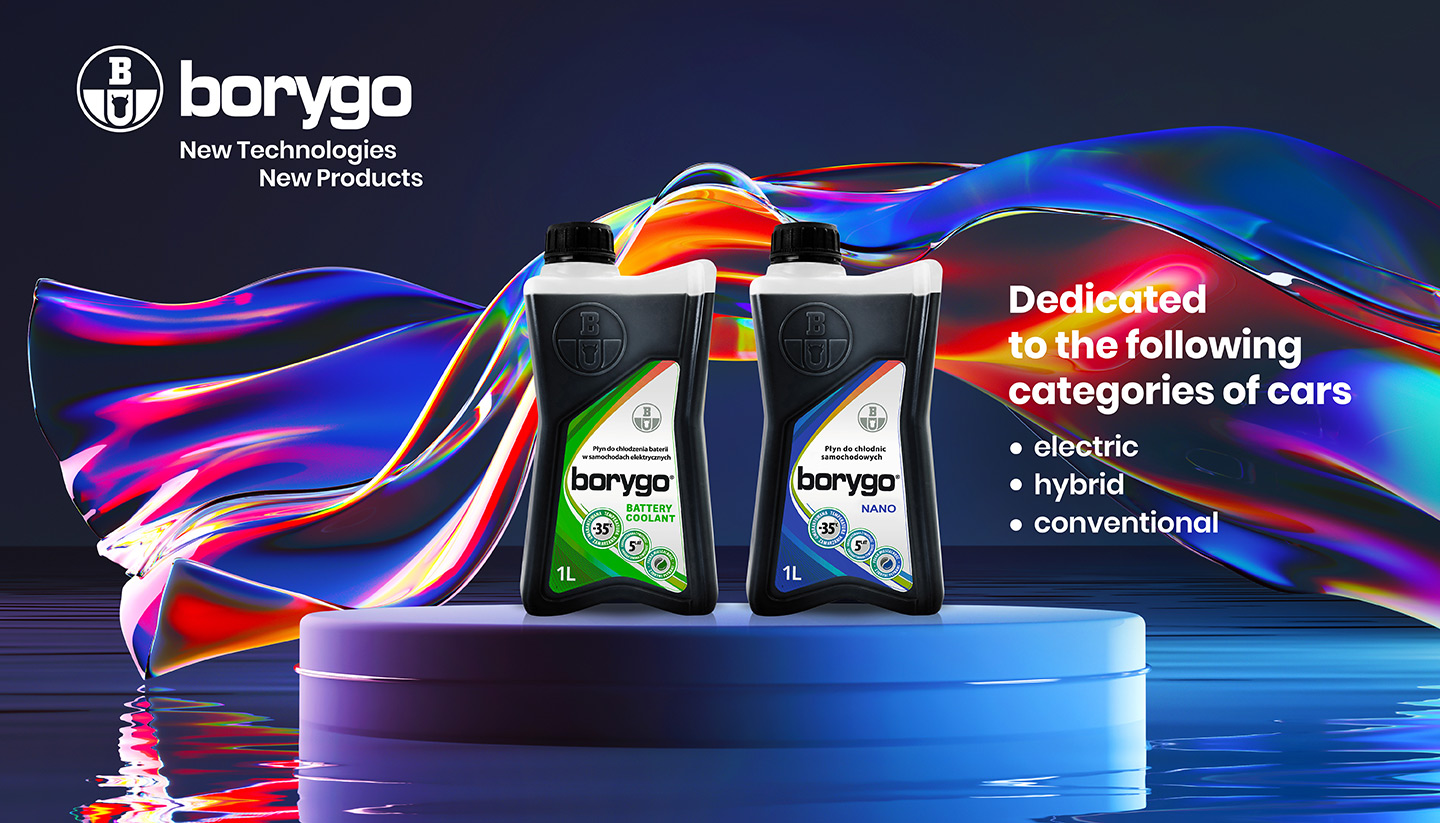
Radiator fluid Nanoborygo
1. How does Nanofluid improve the performance of cooling systems?
The automotive radiator nanofluid you are working on is intended to be a solution to increase the efficiency of cooling systems in electric cars – how is this goal to be achieved?
The product is a coolant (antifreeze fluid) with innovative performance parameters. Innovative performance characteristics include increased thermal conductivity, which is responsible for the efficiency of the cooling and heating process in heating and cooling systems. Nano additives (i.e. additions of particles in the nano size, nano stands for 10-9 m range) are responsible for improving thermal conductivity.
Due to their size, including their extremely developed specific surface area, nanodeposits have different properties than the same materials at the macro scale. A significant increase in thermal conductivity was obtained for the nano-additives used.
The product is a coolant (antifreeze fluid) with innovative performance parameters. Innovative performance characteristics include increased thermal conductivity, which is responsible for the efficiency of the cooling and heating process in heating and cooling systems. Nano additives (i.e. additions of particles in the nano size, nano stands for 10-9 m range) are responsible for improving thermal conductivity.
Due to their size, including their extremely developed specific surface area, nanodeposits have different properties than the same materials at the macro scale. A significant increase in thermal conductivity was obtained for the nano-additives used.
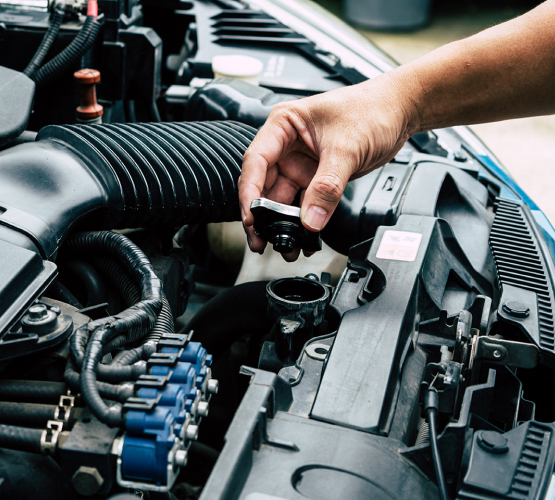

2. What makes Nanofluid stand out from the competition?
What will be the advantage of your fluid over others currently on the market? What elements of its composition build this advantage?
The elements that build the advantage mean higher thermal conductivity compared to commercially available coolants. There are no commercially available solutions of this type on the Polish or even European market.
Nanoborygo also includes an individually composed package of corrosion inhibitors, providing protection against corrosion of metals and metal alloys used in heating and cooling systems, i.e. aluminum, copper, brass, solder, cast iron and steel. Nanoborygo liquid meets the high corrosion requirements for cooling fluids in accordance with ASTM D 3306 or the Polish standard PN-C-40007:2000.
3. In which engines will nanofluid be used?
Will the fluid be used in conventionally powered engines, or also in electric or hybrid cars?
Nanoborygo, as designed, is a fluid intended for use in both internal combustion and hybrid engines, which do not differ in cooling system designs.
Due to its unique properties, it can be used as a cooling medium for battery cooling in electric cars. For electric cars, technological solutions are constantly being sought to reduce weight, but this must not be at the expense of system efficiency. Nanoborygo ensures high efficiency of the heating and cooling process while significantly reducing the volume of fluid circulating in the system, and thus the weight of the car.
Another application for Nanoborygo covers the cooling systems of electrical equipment, where the cooling efficiency must also be at the highest level.

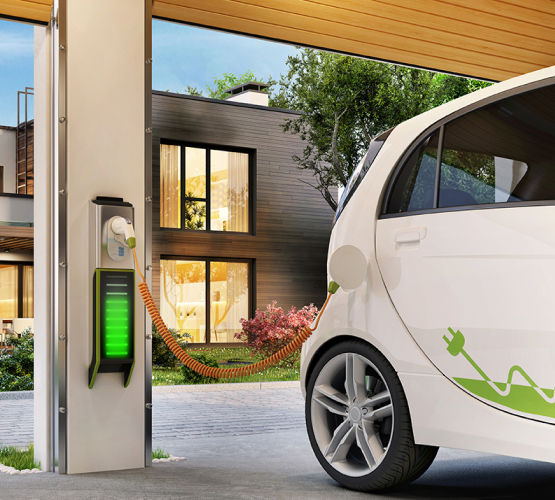
4. Why is nanofluid ecological?
The new nanofluid is supposed to be an eco-friendly product – what is the basis of this feature in your solution?
A system of polyols (propylene glycols and glycerol) was used as the base medium, which is responsible for a sufficiently low crystallization temperature and thus protects the heating and cooling system from freezing.
The propylene glycols used are non-toxic, readily biodegradable, they increase the resistance of the base component to thermal degradation and reduce the viscosity of the system at low temperatures. Glycerol, on the other hand, ensures low COD (chemical oxygen demand) and increases pre-biodegradability.
The base raw materials used, which are derived from renewable sources, provide diversification of the raw material base, and their production process ensures lower greenhouse gas emissions and lower electricity consumption compared to raw materials derived from fossil sources.
5. When will the manufacturing process start?
What is the status of the coolant development project? When can we expect its production?
The project is scheduled for completion in April 2022. During its implementation, a dedicated semi-technical plant was designed and built to enable scaling of the production method. This is necessary for such an innovative solution as Nanoborygo antifreeze fluid.
The challenge was not only to compose a coolant with the assumed physical/chemical properties and performance parameters, but also to design a plant that would allow the method to be scaled up effectively.
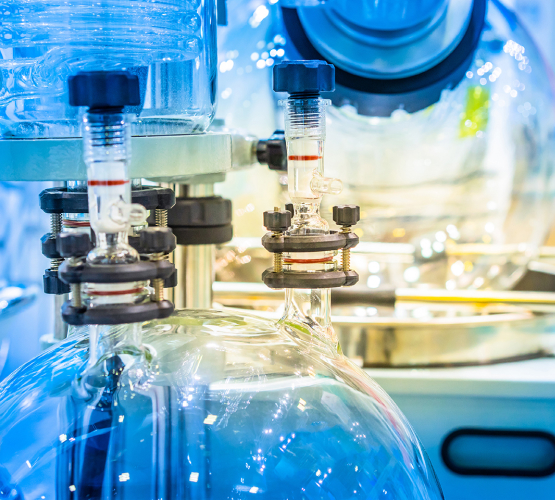

6. What is the target group of users?
Who do you want to attract with your new product – direct car manufacturers or their suppliers, such as cooling system manufacturers for the OE market?
Nanoborygo is a product developed as a result of an R&D project co-financed by the EU funds, No. POIR.01.02.00-00-0031/17-00 under the “INNOCHEM” Sectoral Programme, Action 1.2. “Sectoral R&D Programmes” of the Smart Growth Operational Programme 2014-2020 entitled “Ecological nanofluid for car radiators with innovative performance parameters”.
The product is a coolant with innovative performance parameters. Innovative performance characteristics include increased thermal conductivity, which is responsible for the efficiency of the cooling and heating process in heating and cooling systems. Nano additives (i.e. additions of particles in the nano size, nano stands for 10-9 m range) are responsible for improving thermal conductivity.
Due to their size, including their extremely developed specific surface area, nanodeposits have different properties than the same materials at the macro scale. A significant increase in thermal conductivity was obtained for the nano-additives used.
